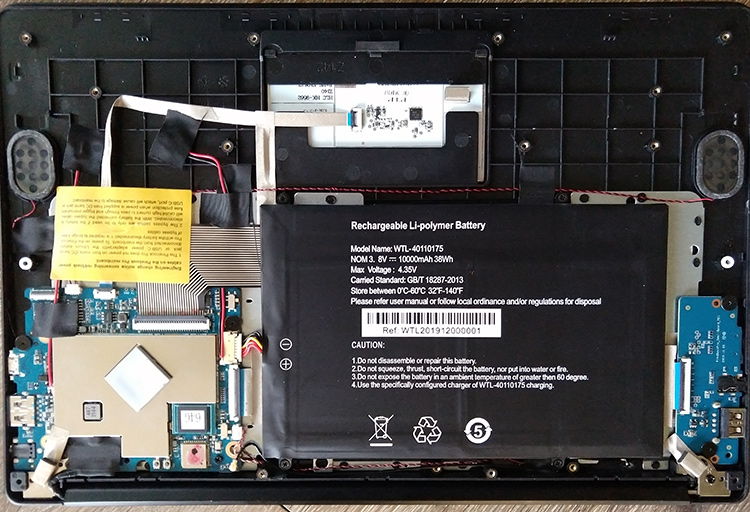Trying out the Pinebook Pro - a $200 ARM Laptop
Last Update: Jun 7, 2024
I wrote a book! Check out A Quick Guide to Coding with AI.
Become a super programmer!
Learn how to use Generative AI coding tools as a force multiplier for your career.
The Pinebook Pro is a $200 laptop that runs a couple of ARM processors, and it promises a lot. Does it deliver? After what seemed like an eternity waiting, mine arrived and here’s what I think.
I used this thing for a few days casually to get a feel for what it’s like, and this is my first impression.
As a note, you can get a $100 Pinebook here as well.
What is it?
Before I start reviewing this thing, you may not be familiar with what it is. The Pinebook is an open-source project (hardware and software are open-source) that aims to build usable laptops at the lowest possible price.
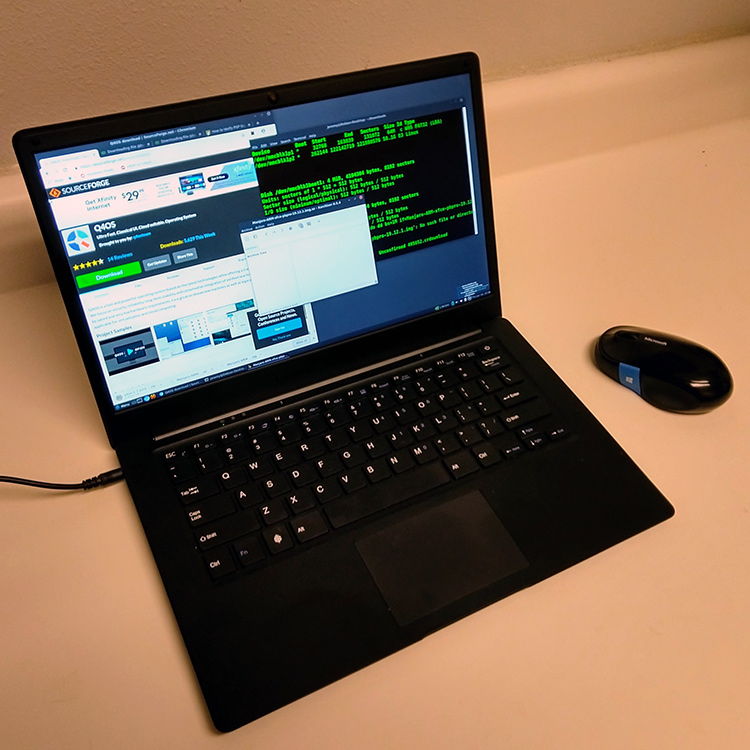
The Pinebook Pro has a Rockchip RK3399 (SOC) and a Mali T860 MP4 GPU, both ARM platform processors. It has 4GB of RAM, a 1080p display, and magnesium alloy shell body. This is the model I’m talking about in this article. You can get the full specifications here.
Of course, I had to rip this thing open to check it out. Click on the image to see a larger view.
As you might have guessed, there’s very little inside this thing; it’s the small Pine board, a battery, the touchpad, and a USB controller. My hope is when newer Pine64 systems come out, we can swap them here, but I don’t know if it’s a possibility. So it looks to be simple and serviceable.
What am I using it for?
Another important consideration for a good review is a use case. If I were using this for gaming or editing video, it wouldn’t be a great review. I decided to spend a few evenings in my free time using it as my living room/goof around laptop.
Here’s what I did with it:
- Web browsing
- Checking email/social media
- Building web apps
- Writing
I wanted to see if I could grab this lightweight little laptop and do everyday things with it, and it worked well. How much stuff could I realistically do with this $200 computer? The fact that it only runs Linux doesn’t bother me as my usual “goof around” laptop is also running Linux. So I put it to the test.
Look and Feel
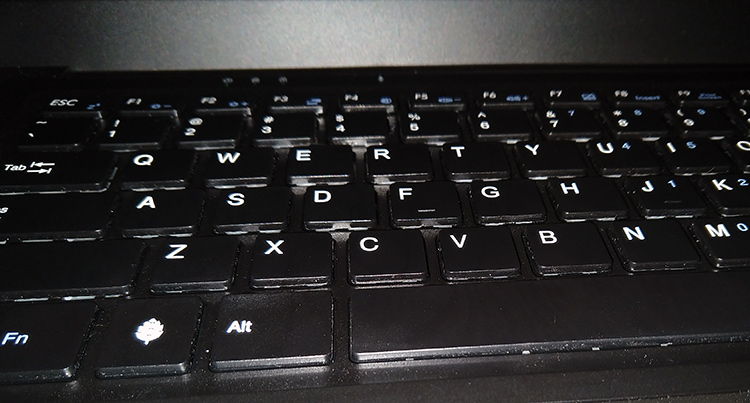
First off, the case is an alloy shell, bottom is metal top is plastic. It’s difficult to describe but this laptop doesn’t “feel” cheap at all. There is no loose feeling or rattling when you shake it. The keys are firm and clicky. The hinges feel sturdy and smooth. It weighs a couple of pounds. Though I haven’t tried it, I’m confident I could throw this thing in my backpack, lug it around, and use it whenever without worry.
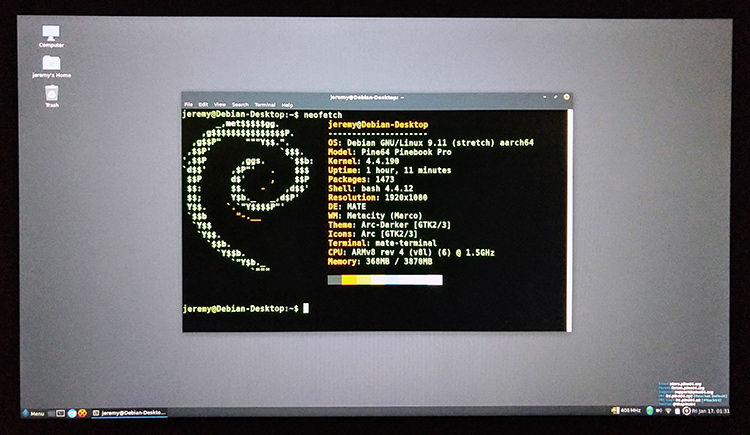
The display has no dead pixels and it looks good at night. As far as hardware goes, so far, everything has worked. The USB ports, the card reader, power supply, everything. Zero hardware problems. This is awesome.
The only mouse I had lying around was a Microsoft (ironically) Bluetooth mouse. I connected it, and it’s worked flawlessly every time I needed it. The touchpad worked fine, but I have big hands and can never get used to them, so I disabled it.
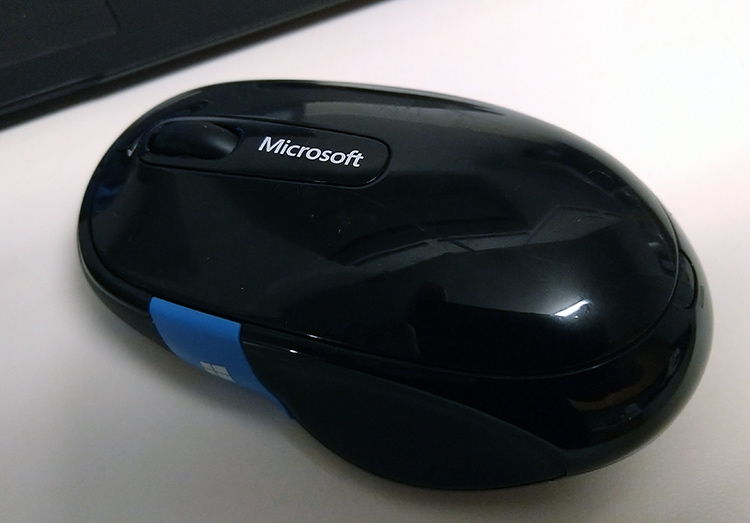
Performance
I haven’t done any official benchmarks, but instead just went about usual work to see what stood out.
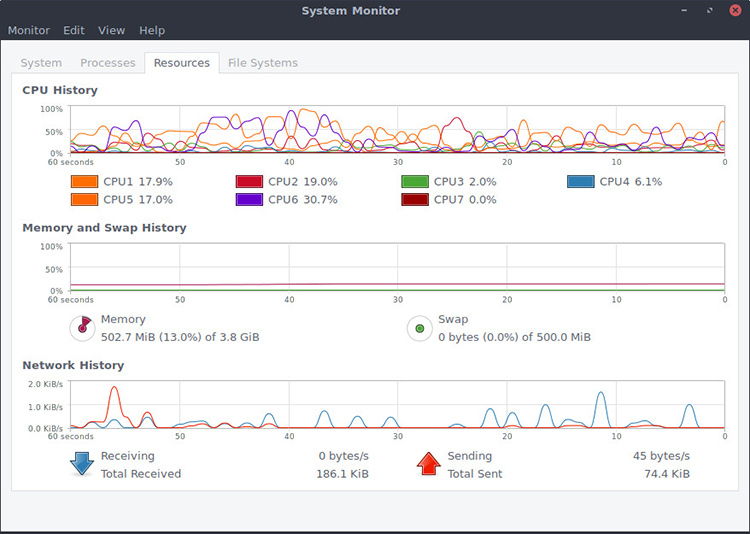
With everything I did, nothing was slow or unusually laggy. This included things like:
- Watching Videos
- Browsing the web
- Installing software
- Compiling code
- Minor graphic work in Gimp
- Run a web server
It did all of these things smoothly and without problems. This answers the burning question of most of you probably reading this:
Can I use this for a web development machine?
Yes, you can! It runs Nginx, Node, NPM, Docker, Visual Studio Code and other text editors. Which brings me to my next point:
Software Availability
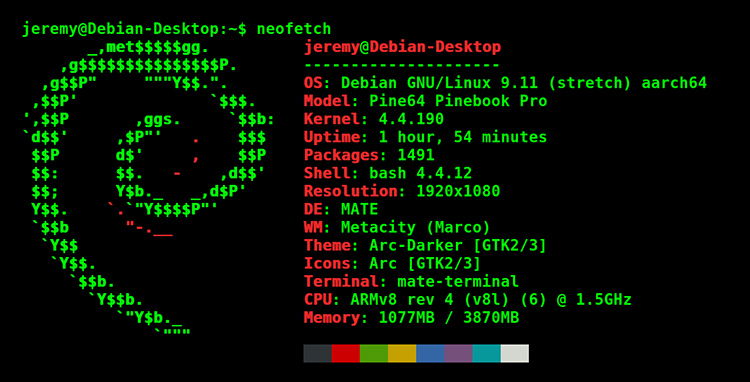
There are quite a few software packages you can’t get on this laptop. You can’t fault the Pine64; everything has to be built for ARM and that’s still a work in progress.
Note, I originally wrote that I couldn’t get Visual Studio Code on this, however feoh from Lobsters helped me out. You can get Visual Studio Code with a one liner here.
I used the standard version of Debian 9.11 Stretch that came pre-installed with the laptop. I’m sure I’ll swap it out with Manjaro soon enough. It works well, but the packages lag. I manually installed GoLang 1.13 because it only had 1.8 available in the Debian repos. Node in the repos is at v4.8.2, but you can manually install the ARMv7 binaries and it appears to work fine.
Again, not a fault of the Pine64, but Debian and ARM package availability.
Update: I have since installed Manjaro on it, and it works great!!
Final Verdict
This laptop is better than any $200 laptop should be. It’s high-quality construction and it feels polished. You can tell a lot of effort has gone into making the Pinebook work. There are no errors or glitches you usually find in cutting edge, experimental things like the Pinebook.
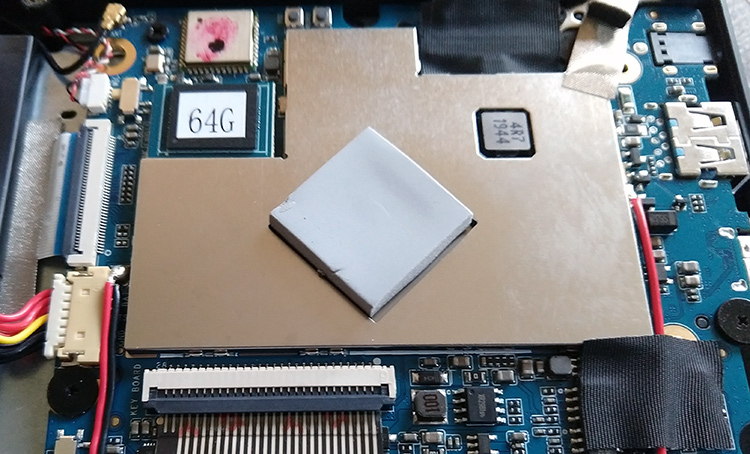
I’m told the battery should last 8-10 hours, and I have discharged it a few times and it hits the mark. Power usage is impressive.
I used it as a browser, built some applications with it, and I’m writing this article on it. I do believe if someone really wanted to get into software/web development and only had a $200 budget for a machine, this would be the one to get. Hands down.
I’m hoping they can get to a point to go into mass production. I worked on the Classmate PC Project years ago, where Intel tried to create low-cost laptops for underserved regions of the world, and we would have given anything for functionality like this. It’s a step closer.
I love it.
Questions, comments? Let me know!

Want to learn more about Linux? Of course you do. Check out this Linux Fundamentals course. You can sign up for a free trial here and take it today!





